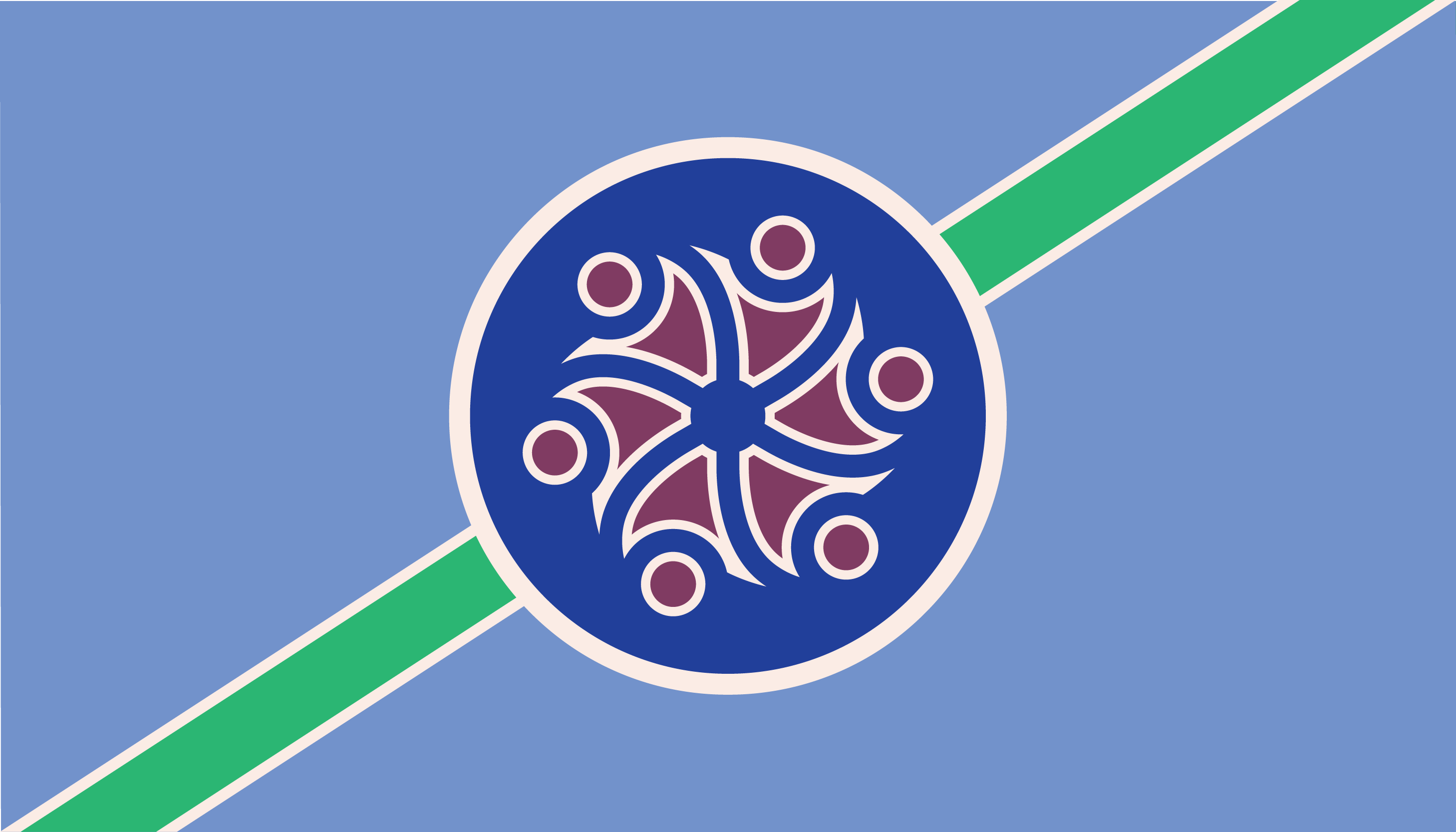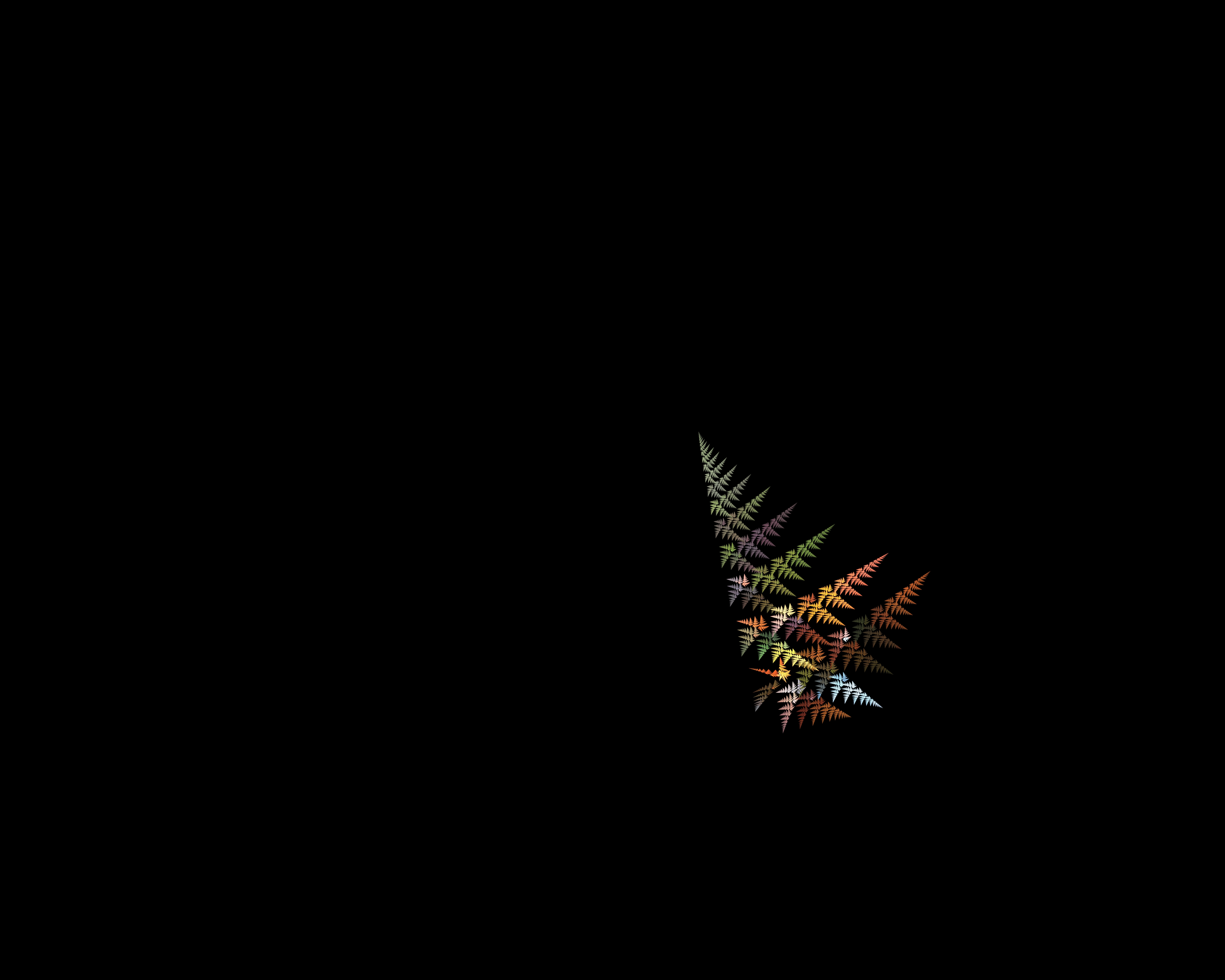Tomrak Nation
Tomrak nation is a very environmental conscious nation. Sustainability is the number one priority of the nation, and it affects nearly all levels of society. The nation is very much agricultural and mining based and relies on renewal energy such as solar farms, wind farms, and geothermal energy to provide the electricity and power needed for the more modern aspects of the towns and cities.
Known as a federation of city-states, the government of Tomrak is a collection of representatives from those city-states that gather seasonally to debate policies and other diplomatic related topics. Any citizen of the nation is able to participate if they so wish, and these conventions are housed mostly in Zotoin and Mulapege. To see more of the constituents of Tomrak nation, see Rava-sigu.
There is a lot of religions within the nation, as its constitution encourages the acceptance of a diverse plurality of belief systems. The only regulations is that the belief systems cannot physically harm another person, though how this regulation is interpreted is often left to the city-states. Some regions of the nation interpret it loosely to mean the belief system cannot be used to kill, maim, sexually assault, or sacrifice another person against their will. Other regions take it deeper to include emotional abuse as well.
Tomrak nation tries to live out the idea of a world in which many worlds are possible, and it's government is more of an over-arching federated council, while each of the seven regions.city-states have their own governments that function almost as a separate state. The larger federal government keeps the regions connected and provides regulations and stability to keep the economy afloat, especially in times of disasters. The regional governments are the ones that govern the day to day aspects of life.
Military
- Military a to-be-called-on-when-needed sort of approach.
- There are local trained units that assist with infrastructure works, known as the Workers. They are also trained in most of the professional combat styles and formations. So if Tomrak nation is attacked, they are called in to assist.
- There is also an airforce that trains regularly.
- A missile system that destroys any incoming meteors or weaponry is active in most cities' outer rings.
Agriculture & Industry
The Masun Uiazo is home to hundreds of farms and irrigated fungi homesteads. Here much of the fruit, fungi, and grains are grown for either exports or to feed the nation. Many of the farms are indigenous to the land, owned by families and passed down through the matriarchal line. There are a few industry farms near Mulapege by the Ravasigu. The fungi homesteads are located near the hills Kioru simuil and Omit Taleon, where there are many caves and underground caverns for the homesteads to grow the fungi. Much of the fungi grown have a distinctly cool color palette, many harboring a blend of green, turquoise, violet, and brown-black coloration. Many of these farms also grow herbs for spices and for the production of honee - the wax-like substance made by a specific type of pollinating insect. When melted, the wax turns into sugary goo that sweetens many a dish.
essor_trains crisscross the nation and connect the homesteads/farms with the cities and the energy plants (such as the Poakhino, solar field, near Mulapege).
Being mostly an agriculture nation, the industry is focused on creating bioseeds from the farm/homestead produce. These bioseeds are crafted in factories within the industry circle of the cities. Each city has concentric rings, where each ring is a different district, and the industry districts are always near the outer ring, by the essor train depots.
Some of the port cities have a sustainable fish and ocean creature hunting that is heavily regulated. The delicacies make for great exports and a tangy taste for local dishes.
Education
All citizens of Tomrak are required to go through all four stages of the Teakin system. Siteakin is optional but grants are available for those that wish to go through more extensive training within the Siteakin system.
Infrastructure
Transportation
- essor_trains crisscross the nation and can reach speeds of up to 250 kilometers per hour.
- There are highway systems for driven vehicles but it's only between the cities and towns. Train tracks are more common. Roads are made of solar panels with a hardy transparent road-asphalt that can bear thousands of kilograms of weight but is transparent enough for the sunlight to power the solar panels. This aids the energy network, and helps power rural farms and other towns.
- Pedestrian walkways are separate from the bike paths, and most cities have a robust walkway system.
- Space ports only exist in the largest cities - the capital having the most used spaceport.
- Airports are attached to the spaceports and only exist in large cities. There are landing pads in smaller cities but they aren't a robust airport hub.
- Canals crisscross the prairie for the farms that grow most of the food for the nation and for exports.
- Seaports have lighthouses, robust docking, hubs for moving goods to the trains and/or highways.
- Most cities have robust buses or subways as well as walkways. Very rarely are there robust roadways as most of Tomrak has heavy taxes on driven vehicles due to the impact of oil-based vehicles that can harm the environment. Electric vehicles are slowly starting to gain traction but the infrastructure for wide public use doesn't exist yet as of 910 E.
Energy
- Power plants in Tomrak are mostly: Nuclear, solar panels, wind farms, geothermal plants (located underground), hydroelectric (dams on rivers), Tidal power (plants in the ocean to utilize tidal power)
- Power distribution is robust and mostly underground, but also includes an electrical grid, substations, and hubs for local distribution of power. Each of these local hubs are also Internet hubs for the national Net service for online activities.
- Fuel for vehicles and planes and spacecrafts are heavily taxed if they still use oil-based fuel. More and more the vehicles are electric and/or uses biofuels. There are a few biofuel pipelines that go from the manufacturing areas to the cities, but there are very little oil pipelines left in the nation. Fuel is stored in large warehouses on the edges of cities and/or towns.
- Network hubs exist in various places in cities and towns (and in rural hubs) for the vehicles. Most are located along essor train tracks.
Water management
- Aqueducts are common in most cities but not in smaller towns. Smaller towns have sewage systems and slightly outdated water pipelines that transport water to the buildings in the town. Cities have a more updated pipe and water treatment system.
- Most water is drawn from either an underground reservoir (there is large underground aquifers in the western prairie of Ratomae) or nearby rivers and/or lakes.
- Flooding may happen along the coastlines to the south-west or along river plains. Most cities and towns have a flood control system such as dikes, levees, pump stations, and flood diversion system. This system was recently updated due to deadly floods of 903 E.
- Water storage systems are fairly robust in cities, but less likely to exist in smaller towns. Water storage tanks are underground and regularly recycled/treated and are used in drought situations. Water storage systems also exist in the center of irrigation areas -- where they serve as a hub for the water needed for irrigation.
- Sewage includes disposal of wasted water and contaminated water. Most sewage systems go to a water treatment plant, where it is cleansed, filters, and the sewage taken out of the water is filtered into two storage systems: compost systems for irritated farms and contaminants that are sent to manufacturing districts to be used for bioseeds and tech seeds.
- Drain systems exist in all cities and towns but are less common in rural areas.
- Irrigation systems exist in the western plains of Masun. Every ten kilometers there is an irrigation hub of water storage, water treatment, and wells that tap any underground aquifers.
Communications
- Telephone network includes mobile Sefir hubs. Tomrak prides itself on having a robust mobile network, where people can get a signal even in the most rural areas and/or most mountainous areas.
- Postal Service is for physical objects sent through postal hubs; the hubs are often situated on highways and essor_trains stations. This is a relatively popular job for those that enjoy travel as postal workers will be sent on routes that can include large sectors of a city or town and parts of the rural area.
- Kaier distribution networks (various channels exist with entertainment and news content)
- Telegraph services (outdated but the infrastructure still exists in some areas and are used mostly in the informal economy)
- Radio transmitters and networks (very robust and many different radio stations exist in various parts of the nation)
- Internet (server farms, routers, buildings with accessible networks)
- Communication satellites such as UPS, Radio, Kaier services.
Solid Waste
Waste treatment facilities separate the waste from cities and towns into categories:- able-to-be-recycled,
- dangerous/toxic substances to be stored deep underground in waste facilities (research is still happening on how these substances can be cleansed/recycled),
- metals to be reused in manufacturing, compost materials.

Type
Geopolitical, Country
Training Level
Trained
Veterancy Level
Experienced
Government System
Technocracy
Power Structure
Federation
Economic System
Post-scarcity economy
Currency
Paper bills made out of fungi - processed into a sheet that is turquiose in color and printed with an image of the flag and the amount that the bill stands for. The name of the currency is Ko.
Major Exports
- rare earth metals
- Iron and silver
- electrical components
- Technology seeds
- bioseeds with genes unique to their nation
- vegetables and grains
Major Imports
- fruits
- hydrogen fuel
- biomass fuel
- products unique to other nations
- bioseeds
Parent Organization
Subsidiary Organizations
Official Languages
Controlled Territories
Neighboring Nations
To chat with me, check out TheBird, my Mastodon Profile






Comments